Mothing at Watson Rare Native Plant Preserve
A couple of years ago Chris bought lights and gear to set up so we could go mothing when we were camping, or even in our own backyard. What is mothing? Well, it’s looking for moths, of course! You can do it in a very basic manner, using a flashlight or porch light and try to attract moths that way, which does work to a limited extent. Or you can buy special lights, get a white cloth like a sheet or something similar, hang it up between some trees, and you can really get going with attracting moths!
We’ve mothed in our own backyard and at many places we’ve camped or traveled to. I really need to catch up on New Mexico posts from last summer because we mothed at our cabin there and found some county and state records for a few species. You don’t attract just moths to these lights, you will pull in all sorts of insects. If you aren’t a fan of insects flying around you, mothing may not be the hobby for you to pursue! This link provides a good synopsis of what is entailed in getting a mothing set up for yourself.
We were mothing in the Davis Mountains over Spring Break when I mentioned to Chris that it would be really cool to moth at the Watson Rare Native Plant Preserve in Tyler County. I recently joined the Board of Directors for the Preserve and had wondered if anyone had done any mothing at the Preserve. I spoke with a couple of fellow board members and found out that they had done a couple over the years and they were game to let Chris and I come out and try to see what we could find to add to the species list of the Preserve. I saw Seabrooke Leckie post on Instagram about using a phone ring light for mothing so I bought one and it really upped my photo game from trying to use my head lamp to light the moths enough to get a photo with my phone. I think it worked a lot better thought I still need to work on my technique.
Here’s a sampling of what we saw that evening–none of the more gregarious species I was hoping to pull in but still plenty of interesting moths and insects! I haven’t identified everything yet–still need to work through what I uploaded to iNaturalist, so I’ll share what I have figured out!
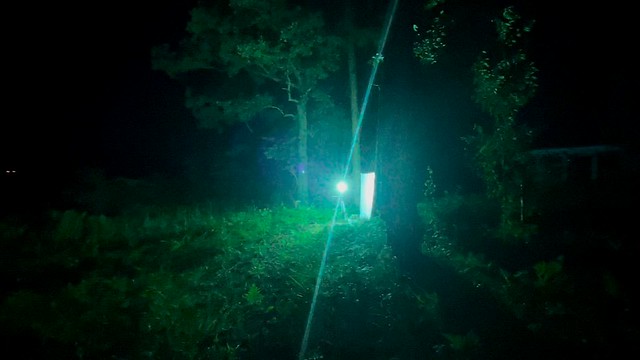
This gives you a glimpse of how loud it was out there with the frog chorus! It was louder than it gets at our house and it gets pretty loud there!

And more insects flying around me
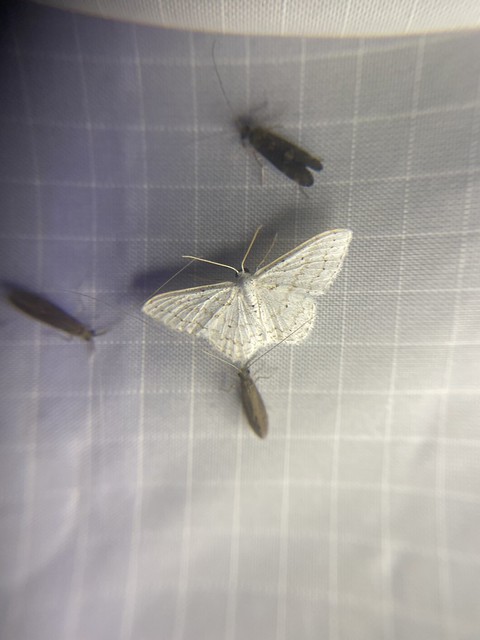
Dot-lined wave, Idaea tacturata
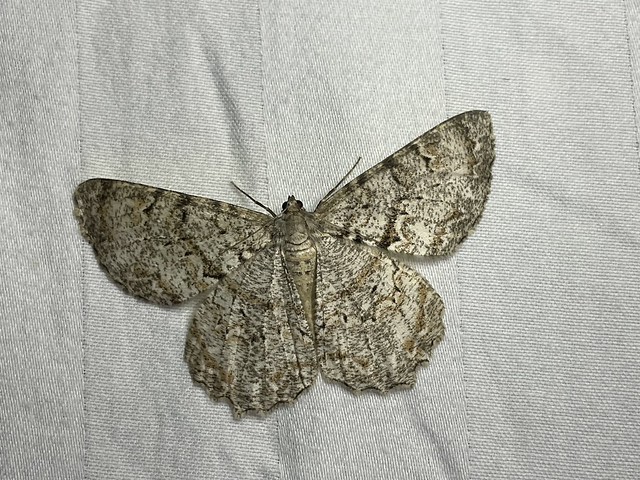
Tulip-tree beauty, Epimecis hortaria
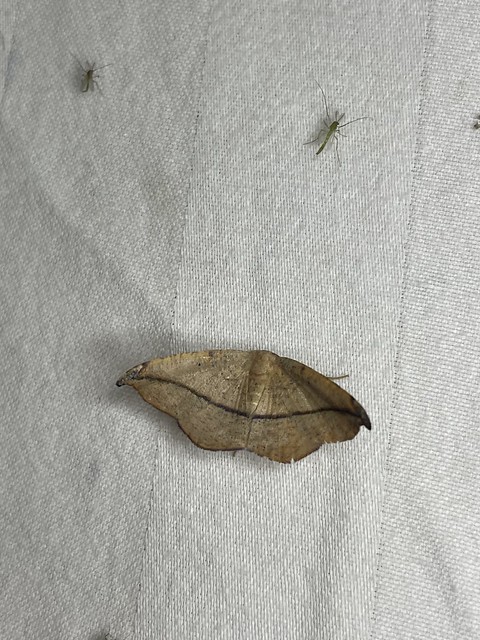
Juniper geometer moth, Patalene olyzonaria
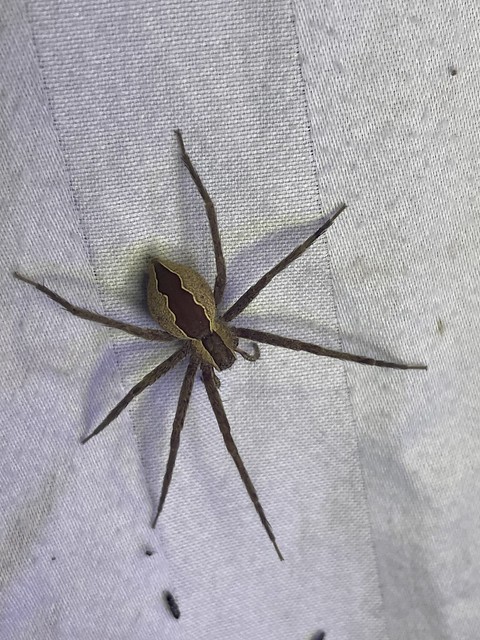
American nursery web spider, Pisaurina mira–you’d be surprised how many spiders will show up on these mothing set ups–easy dinner!
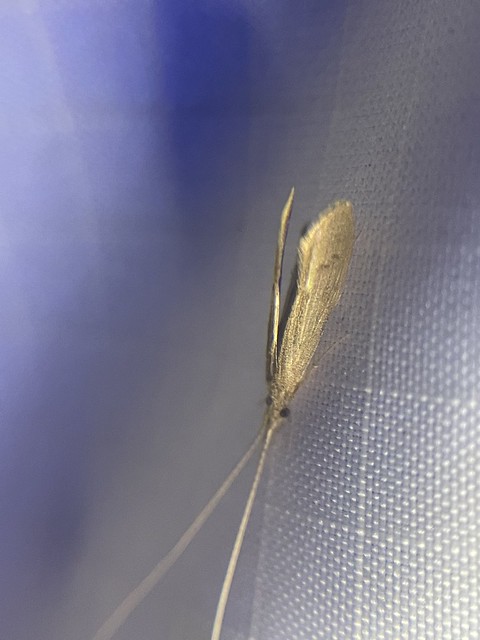
Oecetis sp., a long-horned caddisfly

Telamona concava, a plant hopper, uncommonly seen in Texas
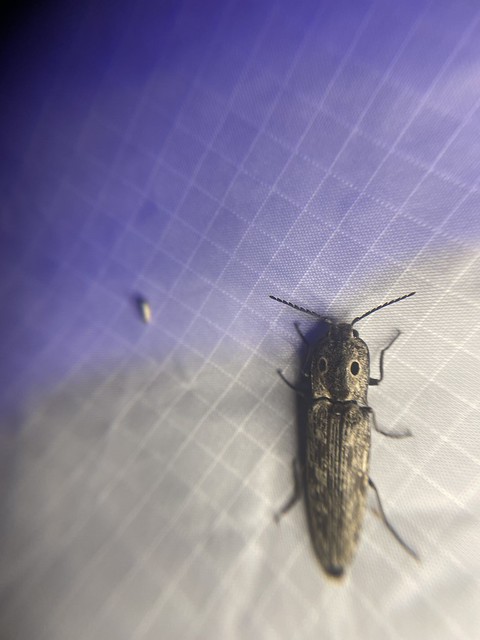
Small-eyed click beetle, Alaus myops
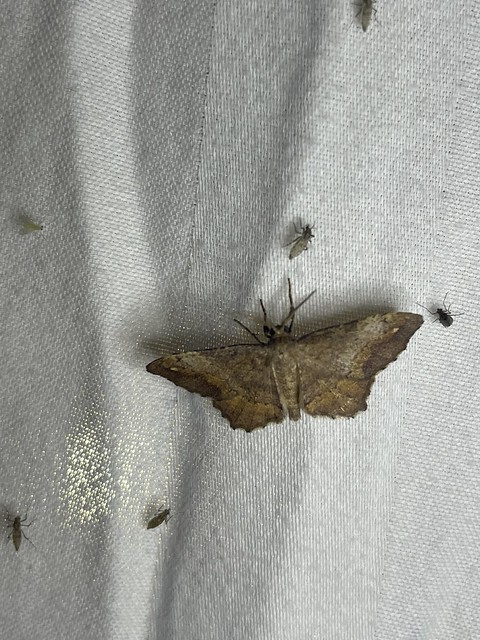
Hypagyrtis sp., either Esther moth, esther, or one-spotted variant, unipunctata

A non-biting midge, Family Chironomidae. I love that all of these really tiny insects come out and you can see them but I have no idea how to identify most of them because they often require microscope work to do so!

Pauline Singleton with her mothing setup. Pauline is President of the Board.

A margined shining leaf chafer, Callistethus marginatus, with a fractured western snout, Diastictis fracturalis.
That’s a good synopsis of what was seen during those evening hours, thought there were many more species that I just cannot capture here. You can see the rest of my observations for that night here and if you can identify any, feel free to do so!



2 Comments
Judy
How interesting. It would be a great activity do to with kids. I need to visit the Preserve.
Anna K
Oh how fun! I don’t know the first thing about how to tell one from another, but this looks like a really interesting thing to do. I’ve read about the massive insect decline, so seeing them in action always makes me feel better – even if I know there used to be a lot more of them.